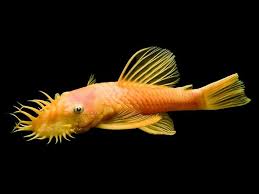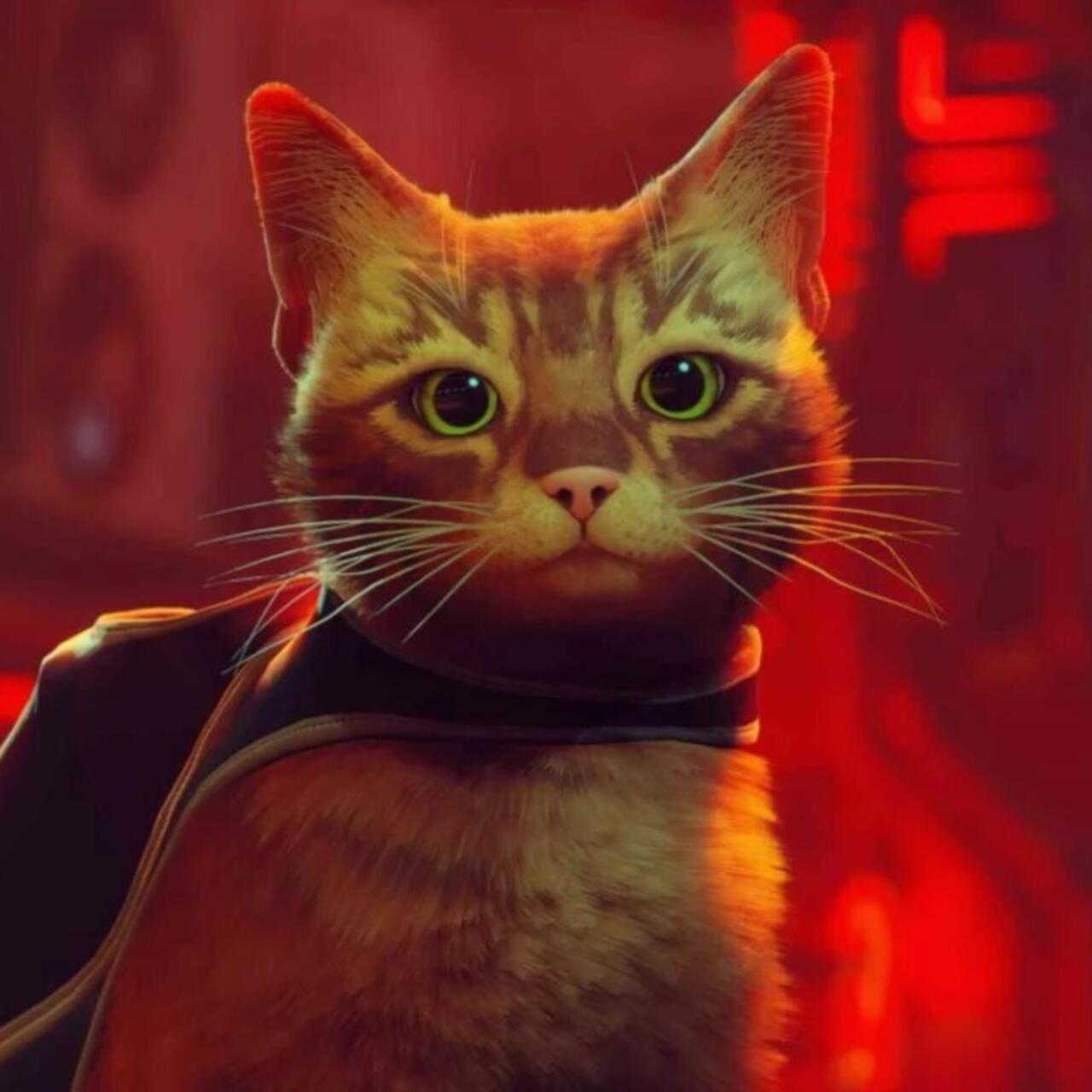
Bristlenose Pleco (Ancistrus)
Conditions of detention
Bristlenose Plecos are adaptable and thrive in a variety of aquarium setups. They do well in tanks with a minimum size of 20 gallons, although larger tanks are preferable, especially if keeping more than one. They prefer water temperatures between 73-81°F (23-27°C) and slightly acidic to neutral water with a pH range of 6.5 to 7.5. These bottom-dwellers appreciate a tank with plenty of hiding spots created by driftwood, caves, and plants. They are peaceful and do well in community tanks with other non-aggressive fish.
Useful Fact: Bristlenose Plecos are excellent algae eaters, making them a valuable addition to a community tank for maintaining a clean environment.
Nutrition and diet
Bristlenose Plecos are primarily herbivorous and have a diet that consists mainly of algae and plant matter. In the wild, they graze on biofilm and algae found on rocks and driftwood. In captivity, they should be fed a variety of foods, including algae wafers, blanched vegetables like zucchini, cucumber, and spinach, and occasional protein sources such as bloodworms or brine shrimp. It’s important to provide them with driftwood in the tank, as it aids in their digestion.
Useful Fact: Providing driftwood in the tank is essential for Bristlenose Plecos, as it helps with their digestion and mimics their natural feeding environment.
Health
Bristlenose Plecos are generally hardy and resistant to many common fish diseases. However, like all fish, they can be susceptible to illnesses such as ich, particularly if water quality is not maintained. Regular water changes and monitoring of water parameters are essential to keep them healthy. They are also sensitive to medications containing copper, so treatments should be used cautiously.
Useful Fact: Bristlenose Plecos have a lifespan of 5 to 10 years in captivity when kept in optimal conditions.
Grooming and care
Bristlenose Plecos do not require traditional grooming, but their environment needs regular maintenance. Given their role as algae eaters, it’s important to ensure that there is a consistent supply of algae or plant-based food in their diet. Regular water changes (about 20-30% weekly) and a strong filtration system are necessary to maintain water quality. Providing hiding spots and driftwood also contributes to their well-being.
Useful Fact: Bristlenose Plecos are nocturnal and do most of their foraging at night, so they may be more active after the lights are turned off.
Education and training
Bristlenose Plecos are not typically trained, but they can learn to recognize feeding times and may become more active when food is introduced to the tank. They are generally shy and spend much of their time hiding or grazing on surfaces within the tank.
Useful Fact: While Bristlenose Plecos are generally shy, they may become more visible and active during feeding times, especially in a well-established, low-stress environment.
Toys and entertainment
Bristlenose Plecos enjoy exploring their environment, especially the surfaces within the tank where they can graze on algae. Providing them with a well-decorated tank that includes driftwood, rocks, and plants gives them plenty of places to explore and hide. They are not known to play with toys, but they appreciate a variety of surfaces to graze on.
Useful Fact: Bristlenose Plecos spend much of their time cleaning and grazing on surfaces, making them a natural tank cleaner.
Safety
Bristlenose Plecos are peaceful and do well in community tanks with other non-aggressive fish. They are bottom-dwellers and generally keep to themselves, making them compatible with a wide range of tankmates. However, they should not be housed with aggressive species that might bully or harass them. It’s also important to ensure that any decorations or rocks are stable, as they can be disturbed by the Pleco’s movements.
Useful Fact: Bristlenose Plecos are generally peaceful and get along well with other community fish, but they should not be kept with overly aggressive species.
Accessories
Essential accessories for a Bristlenose Pleco tank include a reliable filter to maintain water quality, a heater to keep the temperature stable, and plenty of driftwood and rocks for grazing. The tank should also include caves and other hiding spots, as Bristlenose Plecos appreciate places to retreat during the day. A moderate water flow and regular maintenance are key to keeping the environment clean and suitable for these algae eaters.
Useful Fact: Driftwood is essential in a Bristlenose Pleco tank, providing both a food source and a naturalistic environment for the fish to explore.
Socialization
Bristlenose Plecos are generally solitary fish but can be kept with other peaceful community fish. They are not particularly social with their own kind, especially males, who can become territorial. If multiple Bristlenose Plecos are kept together, it’s important to provide plenty of space and hiding spots to reduce competition and stress.
Useful Fact: Male Bristlenose Plecos can be territorial, especially during breeding, so providing enough space and hiding spots is essential if keeping more than one.
Travel and Transportation
When transporting Bristlenose Plecos, use a plastic bag filled with water from their tank and ensure it is well-oxygenated. Transport them carefully to avoid temperature fluctuations and stress. Keep the bag in a dark, insulated container to minimize stress.
Useful Fact: Bristlenose Plecos are hardy during transport but should be acclimated slowly to their new environment to reduce stress and prevent shock.
Behavior and psychology
Bristlenose Plecos are known for their peaceful, nocturnal behavior and their role as algae eaters. They spend much of their time at the bottom of the tank, grazing on algae and biofilm on surfaces. They are generally shy and prefer to hide during the day, becoming more active at night. Their behavior is most natural and engaging when they feel secure in a well-maintained environment with plenty of hiding spots.
Useful Fact: The fleshy “bristles” on male Bristlenose Plecos serve as a way to attract females during breeding and are a distinctive feature of the species.
Legal aspects
There are generally no legal restrictions on owning Bristlenose Plecos, but it’s important to ensure they are sourced from reputable breeders or suppliers. As with all fish, ethical sourcing helps support sustainable practices and ensures the health of the fish.
Useful Fact: Bristlenose Plecos are widely available in the aquarium trade and are often bred in captivity, making them a sustainable choice for aquarists.


